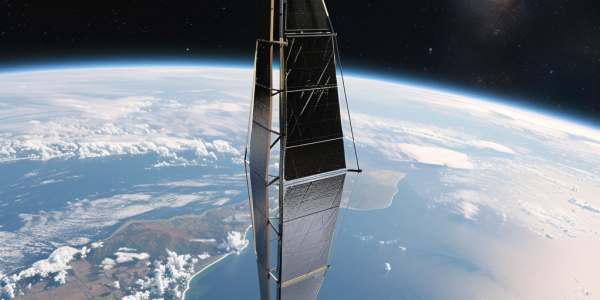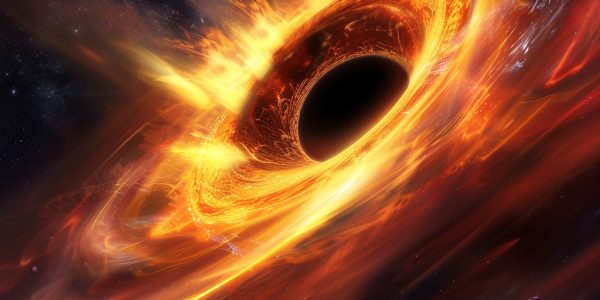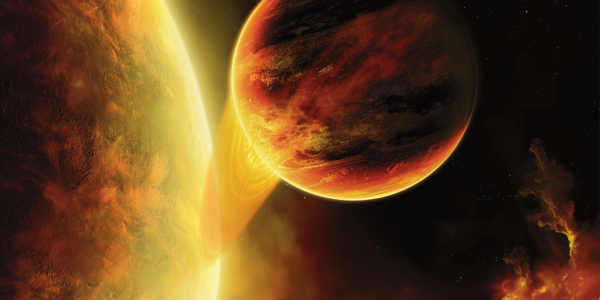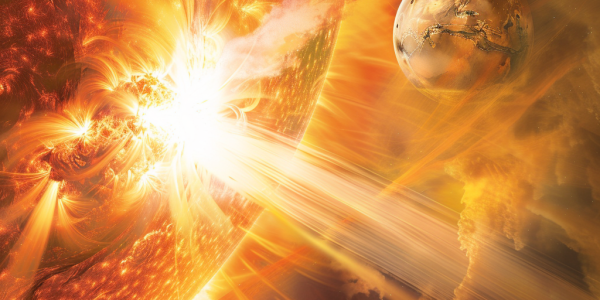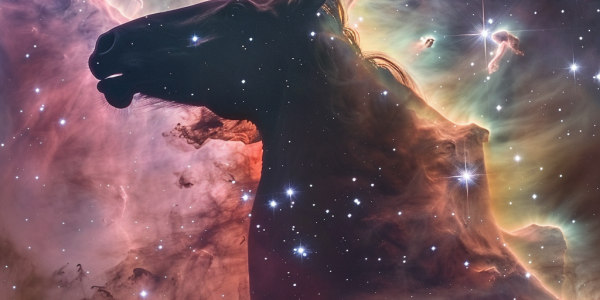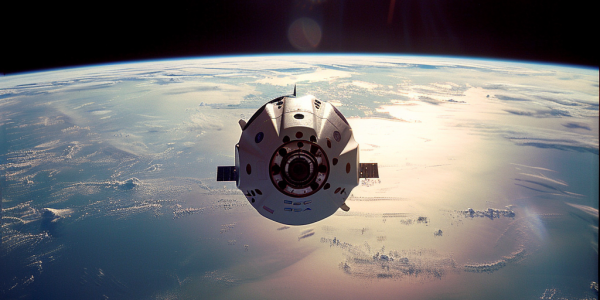NASA Launches Solar Sail Test to Revolutionize Space Travel
NASA’s latest test of solar sail propulsion technology, the Advanced Composite Solar Sail System (ACS3), aims to revolutionize space travel. With a reflective polymer sail and carbon fiber composite boom, the ACS3 addresses previous issues with metal booms warping in space. Solar sail-powered spacecraft offer advantages like indefinite travel and remarkable speeds, though challenges like reduced effectiveness at greater distances from the sun exist. Despite drawbacks, the potential for cost-effective planetary missions using solar sails is promising, with projects like the Berkeley Low-cost Interplanetary Solar Sail (BLISS) envisioning fleets of solar sail-powered probes exploring near-Earth asteroids and comets.
Nasa Unveils Mind-Bending Black Hole Simulation Video
Nasa unveils a mind-bending video created using a supercomputer, showcasing the experience of falling into a supermassive black hole. The simulation explores the universe’s appearance as one ventures into the depths of the black hole, providing a deeper understanding of these enigmatic cosmic phenomena.
JWST Unveils Tumultuous Weather Patterns on Exoplanet WASP-43b
The James Webb Space Telescope (JWST) unveils the tumultuous weather patterns of the distant exoplanet WASP-43b, a sizzling hot Jupiter located 261 light-years away. With relentless supersonic winds and a scorching inferno, WASP-43b’s unique attributes make it an ideal candidate for JWST’s keen observations. Leveraging its potent infrared capabilities, the telescope maps the planet’s atmospheric composition and structure with unprecedented clarity, shedding light on nightside clouds and chemical imbalances on this fiery exoplanet.
Exciting Developments in Space Policy for the Week of May 5-11, 2024
Exciting developments are underway in the world of space policy for the week of May 5-11, 2024. Boeing’s Starliner Crew Flight Test (CFT) is set to launch, marking a significant milestone in space exploration. With astronauts Butch Wilmore and Suni Williams piloting the commercial crew vehicle, this test flight is crucial for NASA’s goal of establishing redundant systems for transporting astronauts to the International Space Station. Stay tuned for more updates on the latest developments in space exploration and policy.
China Unveils Ambitious Plans for Lunar Base
China unveils ambitious plans for a lunar base, showcasing CGI of a NASA space shuttle taking off from the moon’s surface. The International Lunar Research Station project aims to attract international partners, with missions including surface sample returns, lander and rover operations, and orbital satellites. By 2028, the lunar base will expand to include essential infrastructure for interdisciplinary research on lunar exploration and utilization, signaling China’s commitment to advancing space exploration.
NASA’s Tiny 36-Pixel Sensor Revolutionizes Space Science
NASA’s newest camera, the X-ray Imaging and Spectroscopy Mission (XRISM), has a groundbreaking 36-pixel image sensor, challenging the norm of high-megapixel sensors. Learn how this tiny yet mighty sensor is revolutionizing space science.
NASA Studies Solar Storms to Prepare for Mars Missions
NASA is preparing to study the effects of solar storms on Mars missions as the sun enters a period of heightened activity. Solar events like flares and mass ejections pose a threat to Mars due to its lack of a magnetic field. MAVEN and Curiosity rover are key in monitoring radiation levels and analyzing the impact on potential ancient life indicators. Understanding these phenomena is crucial for ensuring the safety of future astronauts exploring the Red Planet.
NASA Estimates Luna Crater in Gujarat to be 7,000 Years Old
Discover the ancient Luna Crater in Gujarat, estimated to be 7,000 years old according to NASA. This remarkable archaeological site offers valuable insights into the region’s geological history and past events. Scientists and historians are eager to explore the mysteries surrounding its formation and significance, making it a key site in the fields of geology and archaeology.
New Insights into the Horsehead Nebula Revealed by James Webb Space Telescope
The iconic Horsehead Nebula, also known as Barnard 33, has been captured in unprecedented detail by the NASA/ESA/CSA James Webb Space Telescope, revealing the stunning beauty and complexity of this celestial object. Situated in the constellation Orion, roughly 1300 light-years away, the Horsehead Nebula is a well-known photon-dominated region (PDR) formed from a collapsing interstellar cloud of material. With the sharpest infrared images to date, the Webb telescope has provided new insights into the physical structures and evolution of interstellar matter, offering valuable information on the intricate processes shaping our cosmic neighborhood.
SpaceX’s Dragon Capsule Successfully Departs ISS for Earth
SpaceX’s 30th Dragon cargo capsule has successfully departed from the International Space Station (ISS) and is now on its way back to Earth. The Dragon capsule is expected to make an ocean splashdown off the coast of Florida, carrying over 4,100 pounds of supplies and scientific experiments designed for the microgravity environment of the ISS. This mission, known as CRS-30, marks the 30th cargo delivery mission to the ISS conducted by SpaceX under a Commercial Resupply Services contract with NASA.

